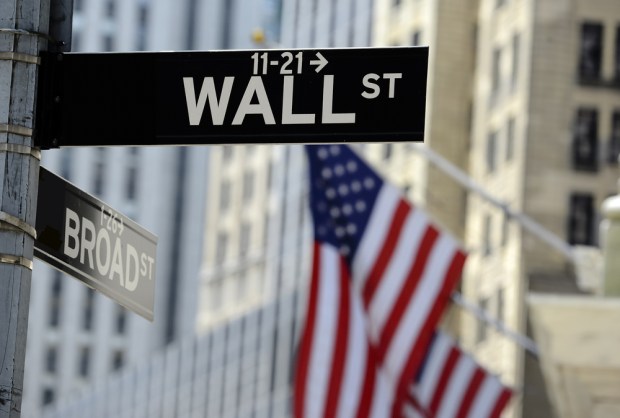Wall Street, Dodd-Frank Reform Plans Debut

Some early plans are dribbling out of the halls of Congress aimed at revamping the U.S. financial system, and the changes may be sweeping in scope.
The New York Times reported that one Republican member of the U.S. House of Representatives, Jeb Hensarling (R-TX), has laid out a roadmap to scale back parts of the Dodd-Frank Act. Hensarling is chairman of the House Financial Services Committee.
He has also, according to the Times, been on record as having opposed Dodd-Frank. Could it be that the runway is clearing for reform now that the Trump presidency is on the horizon and now that Republicans are in control of Congress?
Hensarling debuted the Financial Choice Act earlier this year. The Times quoted him as stating that he remains “cautiously optimistic” that at least some draft of that legislation would come before the House early in 2017.
His proposed legislation would change the way large banks are “wound down” if needed during financial crises. And in addition, the Consumer Financial Protection Bureau would see a recasting of its board structure, along with a repeal of the Volcker Rule, freeing up capital for banks to invest in markets and other so-called risky assets, at least in theory.
The Times noted that any progression of the bill beyond the House and into the Senate would need at least some support from Democrats, which in turn means that some compromise on Hensarling’s proposals may be in the offing.
Separately, in another shot across the regulatory bow, the banking regulation needs a makeover, as in-place protections against another financial crisis simply are inadequate, said Neel Kashkari, who heads the Federal Reserve Bank of Minneapolis.
Kashkari made those statements delivered Wednesday in a speech to the Economic Club in New York City. His so-called “Minneapolis Plan” would look to splinter banks, as the Times noted, because too much capital is salted away on their balance sheets, with much firepower in the hands of only a few key players.
And, added the Fed governor, there’s still a high chance of another bank bailout at some point — as high as 67 percent from 84 percent just before the financial crisis, while he maintained the Minneapolis Plan would bring that probability down to 9 percent, as measured by data from the International Monetary Fund tied to previous government-led bailouts.
